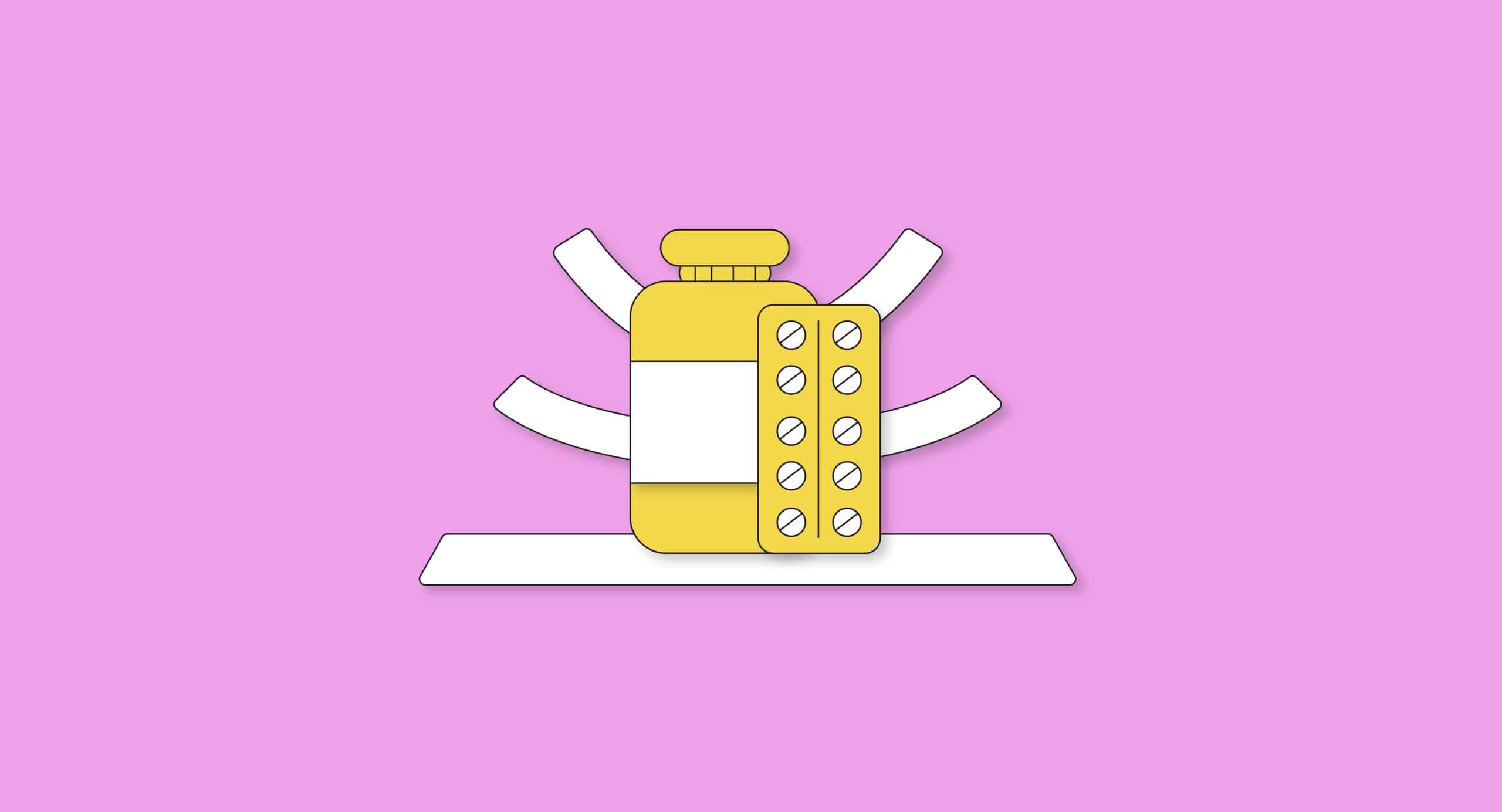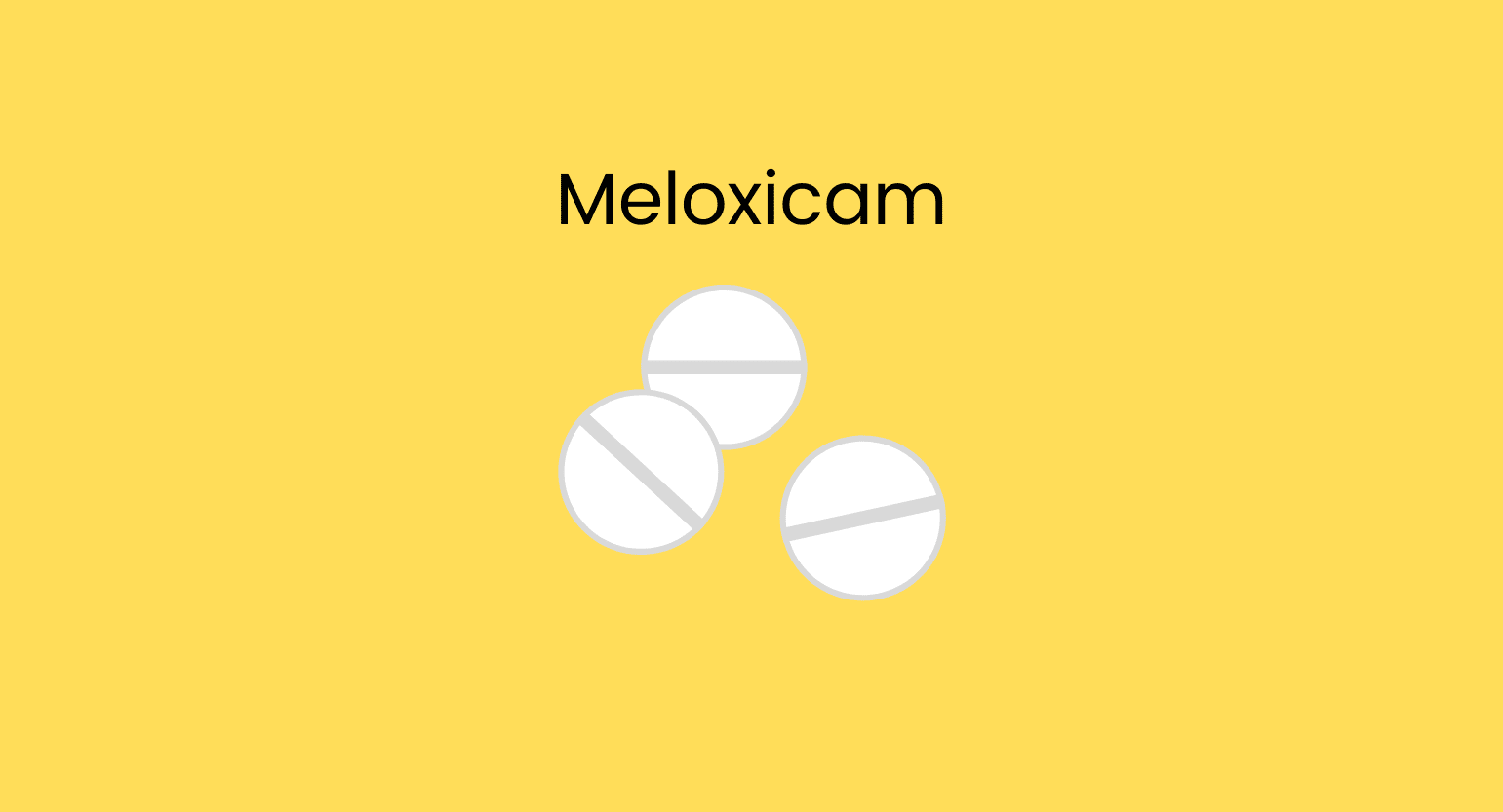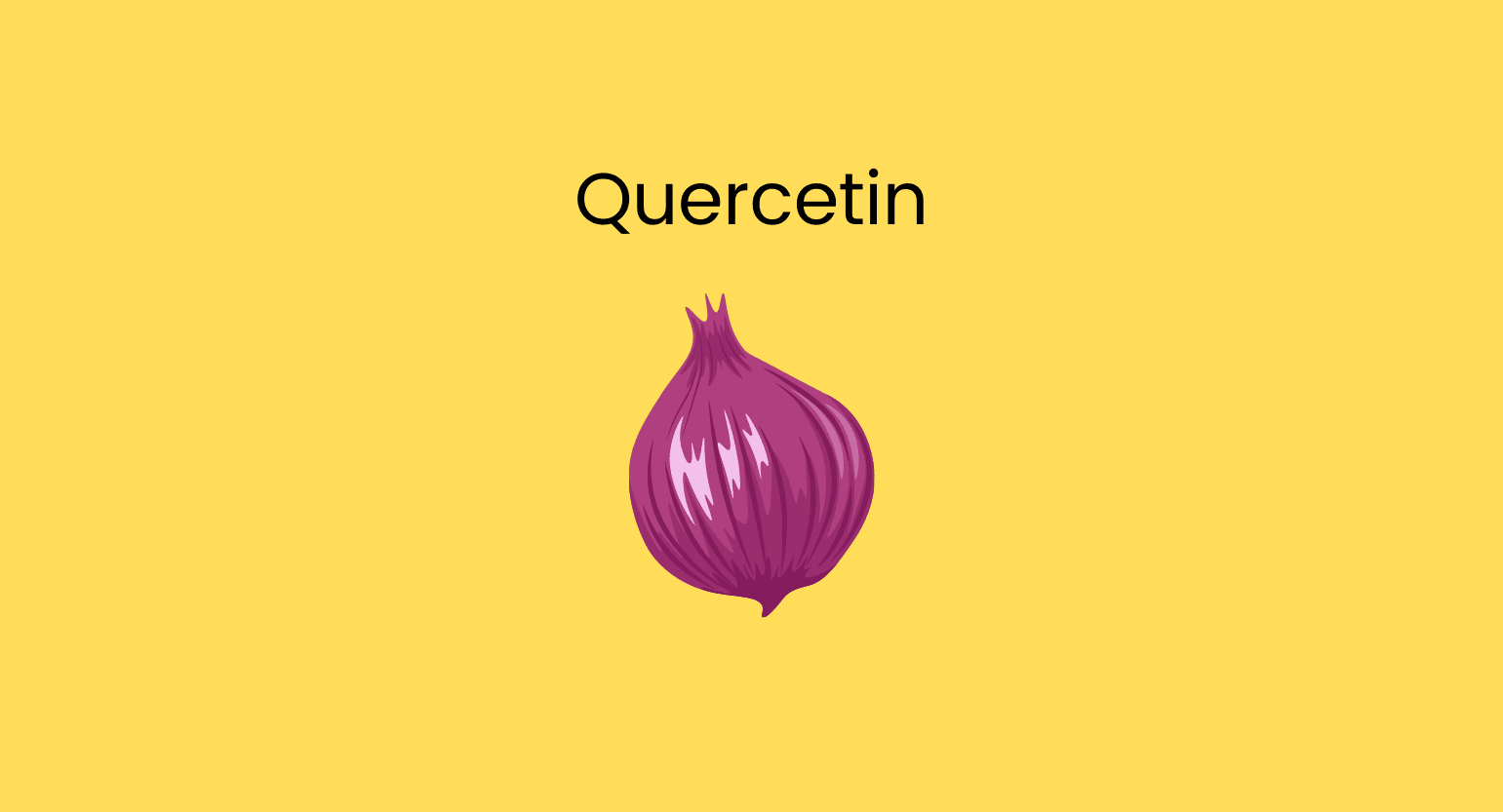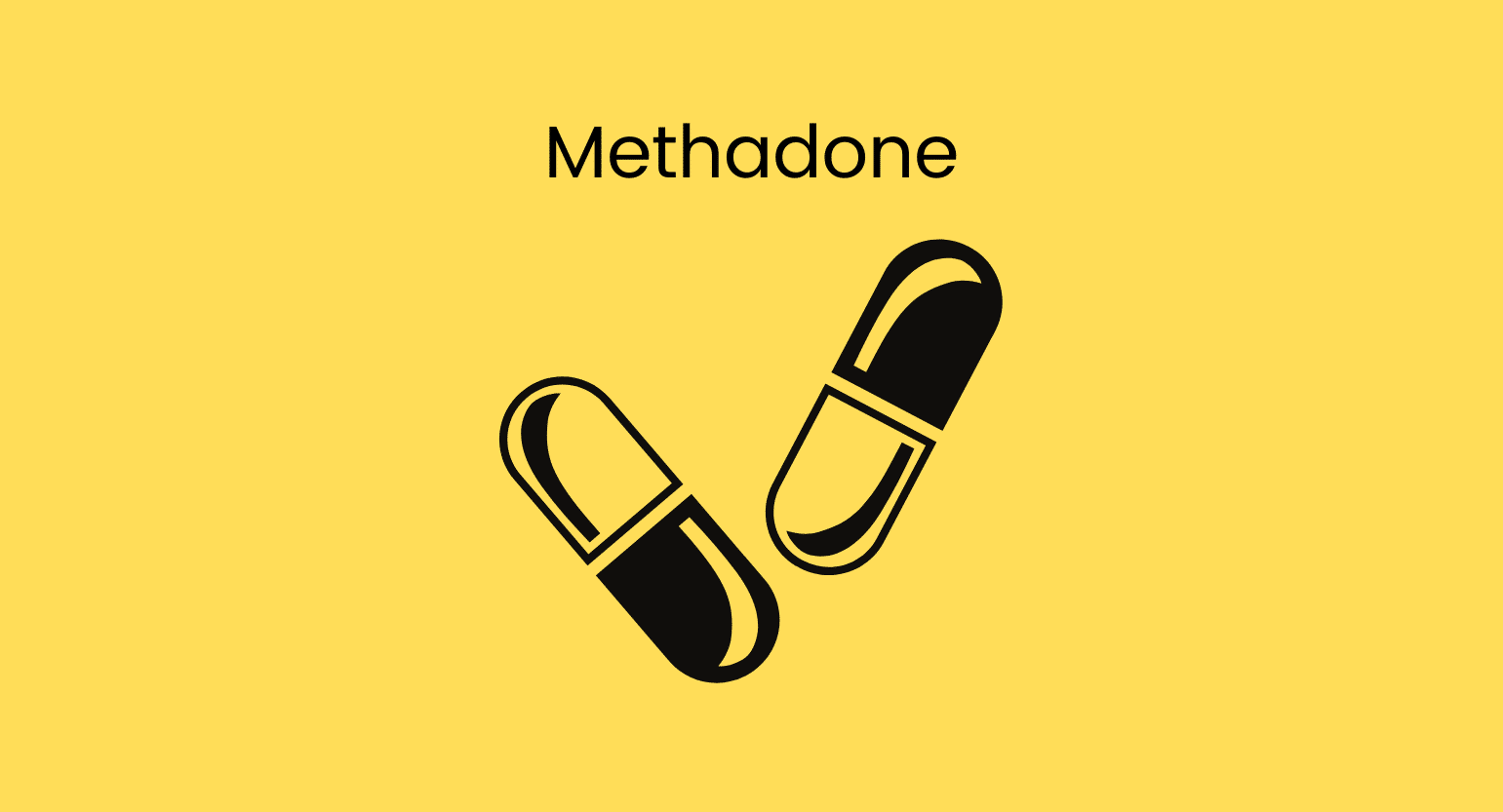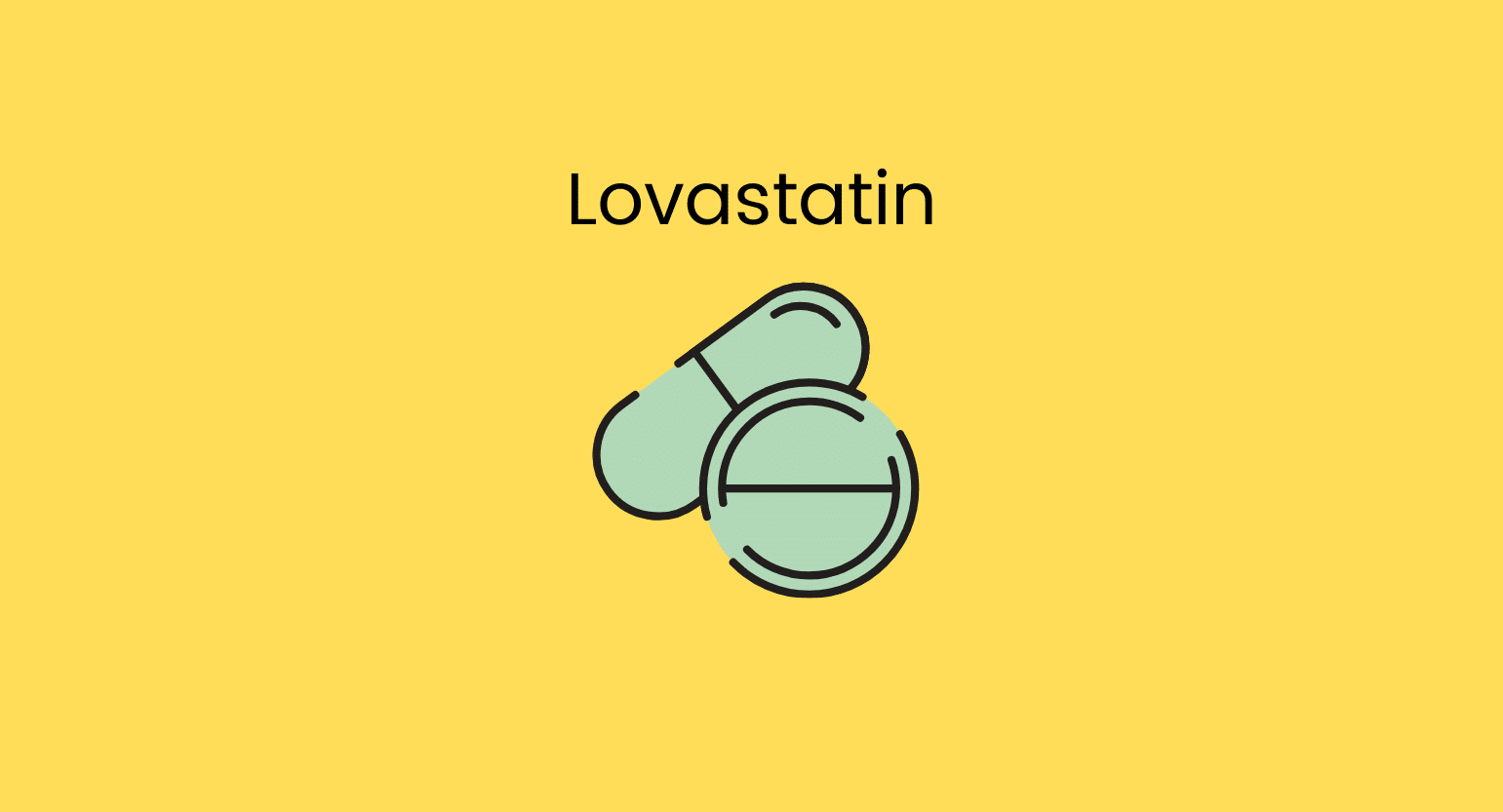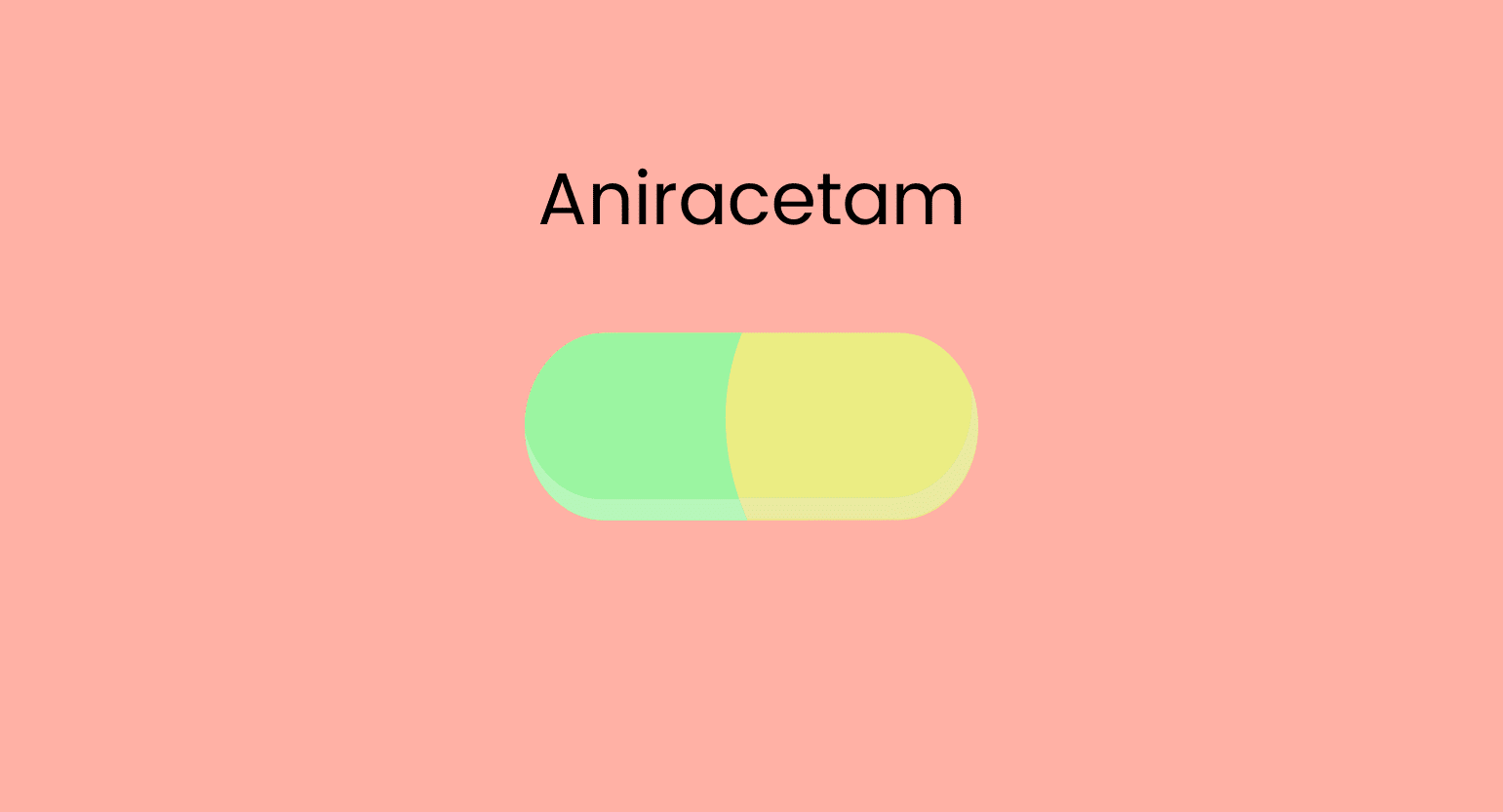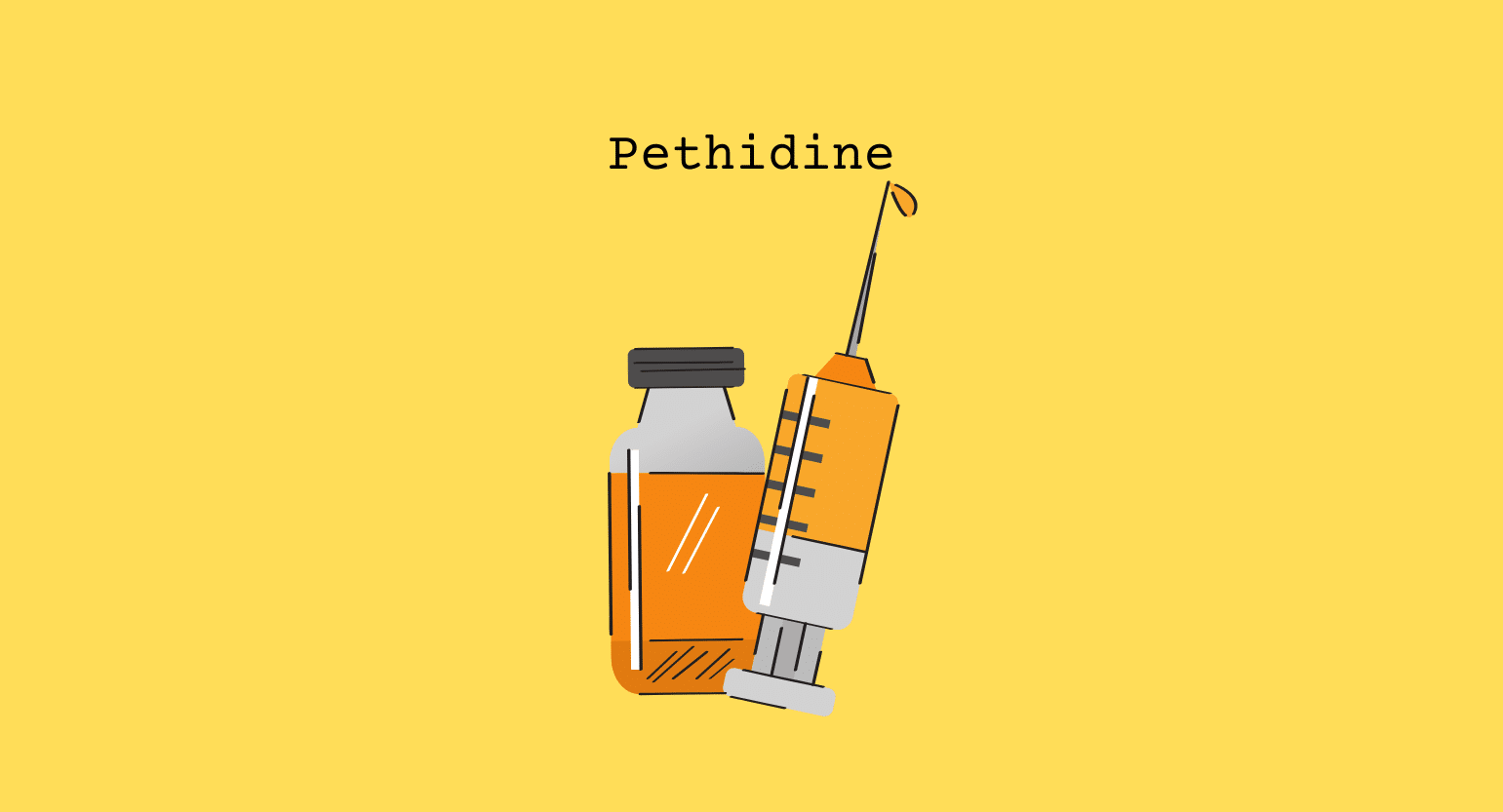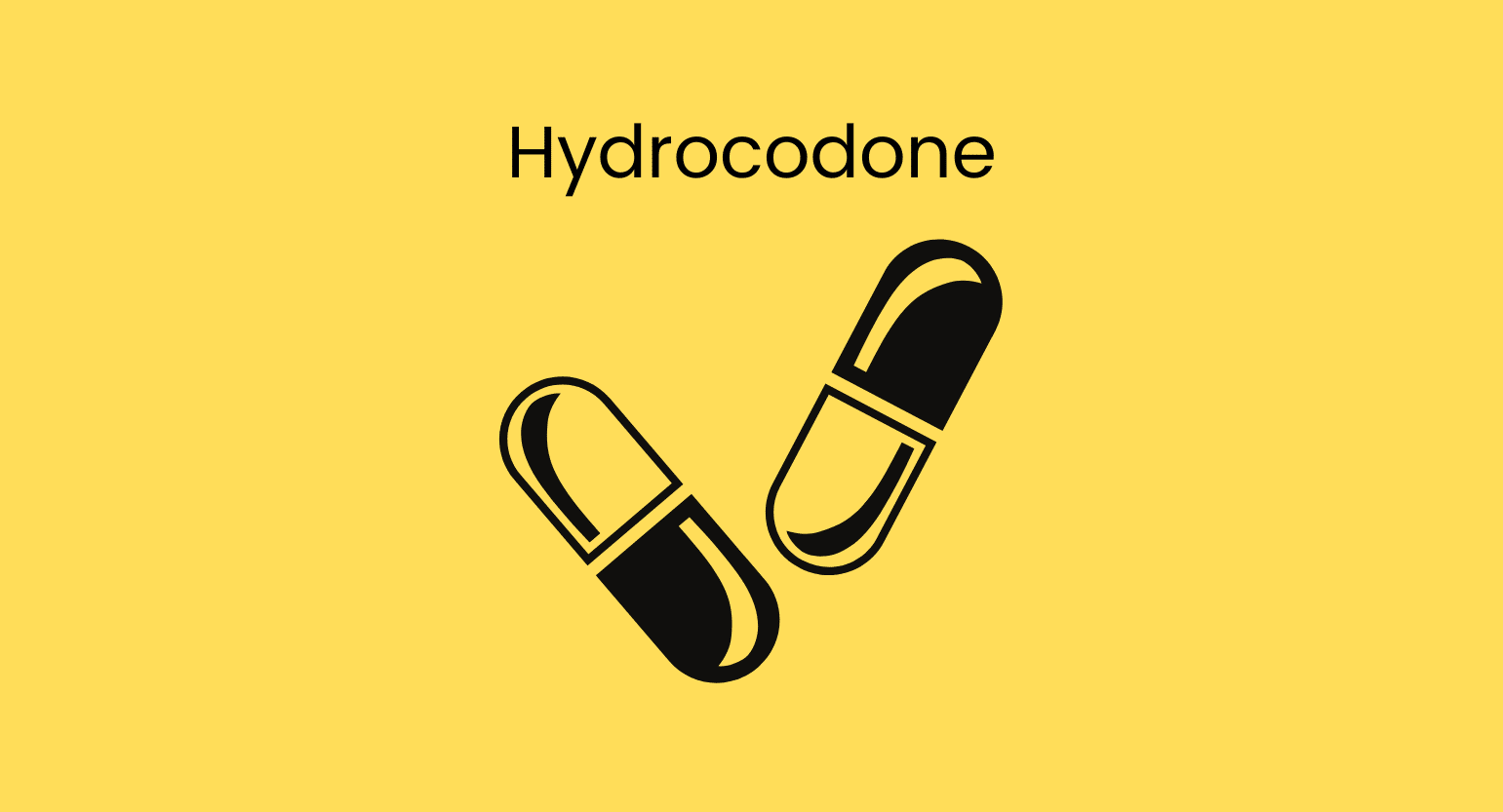Does Kratom Interact With Duloxetine (Cymbalta)?
Kratom and duloxetine (Cymbalta) can interact in two ways. Consuming them together could cause some side effects and is considered high-risk.
Don’t take these drugs without consulting your physician first.
Two things can happen if you take duloxetine with kratom:
Kratom Can Increase Duloxetine’s Effects (Agonistic Interaction)
Kratom and duloxetine can interact agonistically. An agonistic interaction occurs when two drugs with similar effects on the body are taken together, increasing the overall effects.
Duloxetine inhibits serotonin and norepinephrine reuptake and weakly inhibits dopamine reuptake [1].
Kratom also increases levels of serotonin in the brain [2]. While kratom is best known for its affinity for mu-opioid receptors, one of its active ingredients is believed to affect the same receptors that some antipsychotics bind, such as D2 dopamine, serotonin (5-HT2C and 5-HT7), and alpha-2 adrenergic receptors.
Hence taking them together could cause increased effects of both the substances, causing side effects like headaches, insomnia, irritability, mood irregularities, and nausea.
Slowed Elimination of Duloxetine (Metabolic Inhibition)
Moreover, duloxetine’s metabolism can be inhibited when taking it together with kratom; this type of interaction is known as metabolic inhibition.
Kratom is metabolized by the cytochrome enzymes of the liver, namely CYP3A4, CYP2D6, and CYP2C9 [3].
Duloxetine, on the other hand, is metabolized by CYP2D6 and CYP1A2 [4].
If you take them together, the two medications may compete for the same metabolic enzymes, slowing their metabolism and absorption. This may cause both medicines to stay in the system for prolonged periods, further increasing the risk of side effects.
Kratom & SNRI Interactions
Duloxetine is a medication belonging to the serotonin and norepinephrine reuptake inhibitor (SNRI). SNRIs treat generalized anxiety disorder, neuropathic pain, osteoarthritis, and stress incontinence.
Other SNRIs combined with kratom will share a similar level of risk.
SNRIs can negatively interact with kratom include:
- Atomoxetine (Strattera)
- Desvenlafaxine (Pristiq, Khedezla)
- Levomilnacipran (Fetzima)
- Milnacipran (Savella)
- Venlafaxine (Effexor XR)

Is it Safe to Take Kratom With Duloxetine (Cymbalta)?
No. Consuming kratom with duloxetine can cause severe interactions. Taking them together could cause an excess inhibition in their serotonin reuptake, causing an excess amount of serotonin to be present in the body.
Besides this, as they are both metabolized by the same cytochrome enzymes, there could be a metabolic competition between them, causing excess accumulation of both drugs. This could manifest with side effects such as headaches, insomnia, irritability, mood irregularities, and nausea.
Take these two medications together only after getting checked by your physician and follow their advice strictly. Never consume them on your own. If you get any abnormal side effects, seek medical attention immediately.
What is Duloxetine (Cymbalta)?
Duloxetine belongs to the serotonin and norepinephrine reuptake inhibitor class of drugs (SNRI).
In August of 2004, the FDA approved duloxetine under the patent name Cymbalta to treat major depressive disorder. It has since been approved to treat neuropathic pain, generalized anxiety disorder, osteoarthritis, and stress incontinence. Duloxetine is still researched for cancer pain, surgery pain, and other uses.
Duloxetine works by inhibiting serotonin and norepinephrine reuptake while only mildly inhibiting dopamine reuptake. It has no MAOI activity nor substantial activity for the histaminergic H1 receptor or the alpha2-adrenergic receptor.
Duloxetine (Cymbalta) Details & Specifications
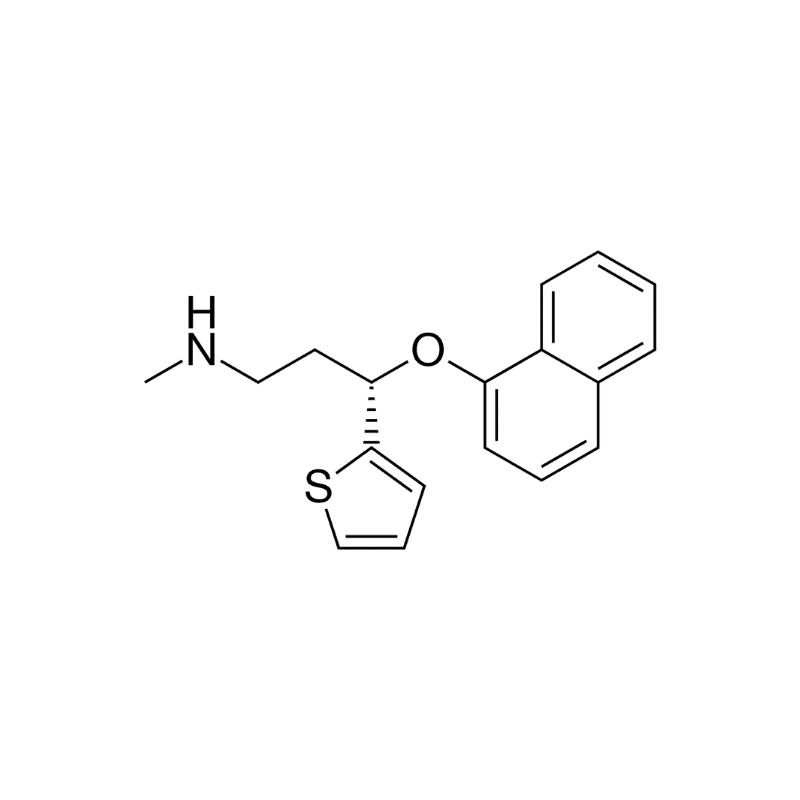
| Drug Name | Duloxetine |
| Trade name | Cymbalta, Drizalma, Irenka, Yentreve |
| Classification | Serotonin-norepinephrine reuptake inhibitor (SNRI) |
| CYP Metabolism | CYP2D6 and CYP1A2 |
| Interaction With Kratom | Agonistic interaction and metabolic competitors |
| Risk of Interaction | High |
What is Duloxetine (Cymbalta) used for?
Duloxetine has multiple uses. Some of these are:
Management of Fibromyalgia
Duloxetine is used in the treatment of fibromyalgia [3]. Fibromyalgia is a chronic condition characterized by persistent pain, fatigue, and sleep disorder that affects millions worldwide.
Over 90% of the pain-relieving impact is attributable to a direct analgesic action, not an indirect antidepressant effect. Compared to other medications, it is well tolerated and has few side effects.
It works by blocking the serotonin and norepinephrine from re-entering cells and, therefore, increasing these substances’ levels. This process improves mood and relieves pain in patients with fibromyalgia.
Treatment of Generalised Anxiety Disorders (GAD)
Duloxetine is used in the treatment of generalized anxiety disorder [4]. Its mechanism of action is based upon reuptake inhibition of 5-HT and norepinephrine (NE) in the CNS.
This condition is characterized by persistent excessive worry and/or pensiveness, accompanied by other symptoms such as palpitations, sweating, and sleep disturbances.
Duloxetine works by blocking the reuptake of serotonin and norepinephrine, integrating two therapeutic processes in one drug to treat depression and anxiety. Duloxetine also boosts dopamine levels in the prefrontal cortex.
Plenty of clinical studies have shown that duloxetine can diminish GAD scores and is well-tolerated by patients.

Management of Pain Associated With Diabetic Peripheral Neuropathy
Duloxetine, given at the dosage of 60 mg/day, can be used to treat diabetic peripheral neuropathy [5]. Duloxetine’s ability to inhibit serotonin reuptake can help treat chronic pain caused by this condition.
Management in Pain Associated With Osteoarthritis
Duloxetine is a second-line treatment for knee osteoarthritis that hasn’t responded to acetaminophen or nonsteroidal anti-inflammatory medications (NSAIDs) [6]. People who have partially reacted to acetaminophen or NSAIDs may benefit from duloxetine as an add-on medicine.
Treatment of Stress Incontinence
Duloxetine has effectively reduced incontinence episodes and improved quality of life [7]. In women with stress urinary incontinence (SUI), the effectiveness of duloxetine is based on stronger urethral contraction and persistent sphincter tone during the storage phase.
Animal studies looked into the effects of duloxetine on the lower urinary system. Duloxetine increased bladder capacity and sphincter–electromyography (EMG) activity significantly. Only during the storage phase of the micturition cycle did cats whose bladders had been pretreated with acetic acid demonstrate a dose-dependent improvement in bladder capacity (5-fold) and periurethral EMG activity (8-fold) of the striated sphincter musculature.

What’s the Dose of Duloxetine (Cymbalta)?
The recommended dose of duloxetine is 30 mg daily for one week to allow for therapy adjustment and then increasing to 60 mg daily.
Generic & Brand Name Versions
- Drizalma
- Irenka
- Yentreve
What Are the Side Effects of Duloxetine (Cymbalta)
Although duloxetine is generally well-tolerated, it is not exempt from provoking side effects, especially if the prescription indications are not followed correctly.
Some of the side effects of duloxetine include:
- Abdominal pain
- Agitation
- Anorexia
- Blood pressure increase
- Blurred vision
- Constipation
- Cough
- Decreased appetite
- Decreased libido
- Diarrhea
- Dizziness
- Dry mouth
- Dysuria (painful urination)
- Erectile dysfunction
- Fatigue
- Gastritis
- Headache
- Hot flushes
- Hyperhidrosis
- Insomnia
- Muscle spasms
- Musculoskeletal pain
- Nausea
- Palpitations
- Paresthesia
- Skin rash
- Somnolence
- Upper respiratory tract infection (URTI)
- Vomiting
- Weight loss
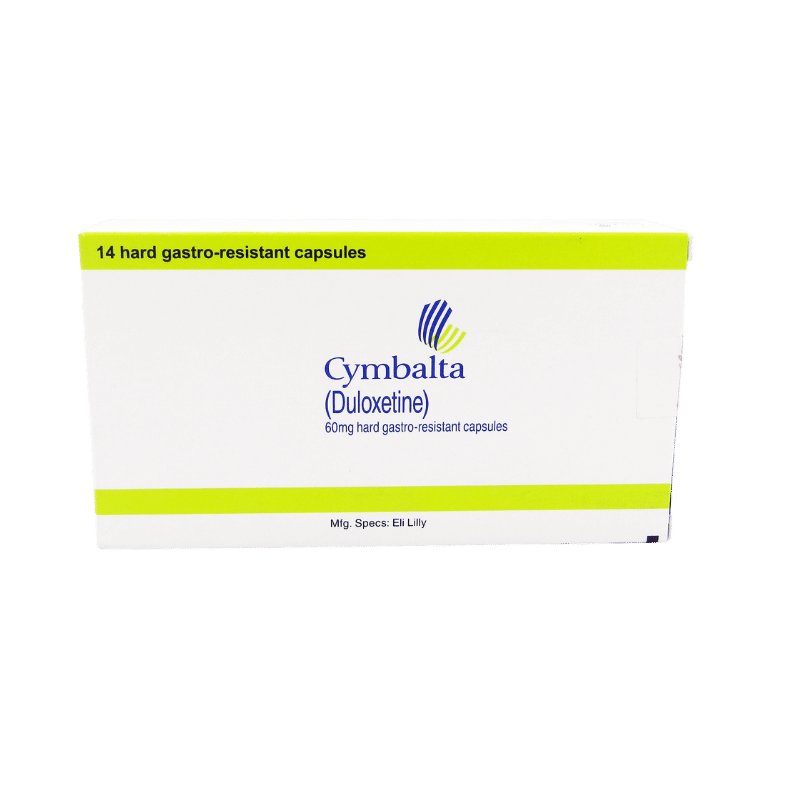
What is Kratom?
Kratom is a tropical tree that grows naturally in Southeast Asia. People have used kratom leaves for centuries as traditional herbal medicine to treat various ailments such as pain and fatigue.
Mitragynine and 7-hydroxymitragynine are the two main alkaloids found in kratom leaves. Powdered leaves are often made into a tea or encapsulated in gel capsules. Kratom, also known as thang, kakuam, thom, ketum, and biak, has a long history of use in Southeast Asia.

What’s Kratom Used For?
As more research comes out, other uses for kratom pop up. People also use kratom for muscle pain, fibromyalgia, weight loss, and increased libido.
What is the Dose of Kratom?
A typical kratom dose is 2-8 g but changes according to the user’s needs. Low doses are for energy, while more significant amounts are for relaxation and pain relief.
The general dosage guidelines are as follows:
- Low dose: 2-5 g
- Medium dose: 5-8 g
- Large dose: 8-12 g
Start with a small amount to see how it affects you, then increase it as needed. By taking occasional breaks, you can avoid building tolerance and becoming addicted.
Also see: How Long Does Kratom Stay in the System?
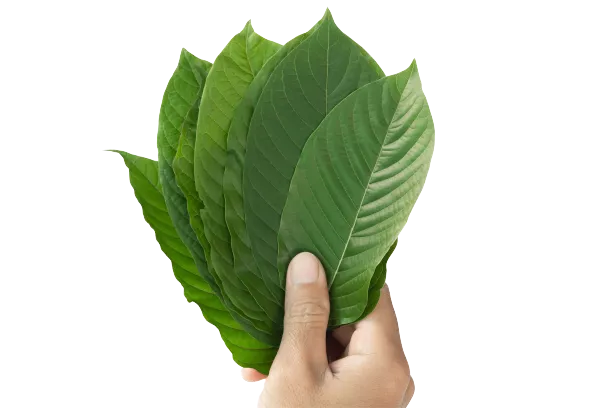
What Are the Side Effects of Kratom?
Despite kratom’s opiate-like abilities, it is safe and well-tolerated. The biggest dangers come from using it irresponsibly and buying adulterated kratom.
Here are the most common side effects — if you experience any of them, try reducing the amount you take.
- Anxiety
- Arrhythmias
- Constipation
- Dizziness
- Drowsiness
- Dry mouth
- Frequent urination
- Irritability
- Itching
- Liver damage (with long-term use)
- Loss of appetite
- Nausea
- Vomiting
- Withdrawal symptoms (with long-term use)
Addiction is a genuine risk with long-term kratom use or if you often use it in large amounts. Know the signs of addiction and be willing to take the necessary steps to reduce the amount you use. However, this addiction is easier to overcome and far less dangerous than opioid addiction — withdrawal symptoms are milder, and there’s little risk of overdose.
Related: Is Kratom An Opioid?
What Are the Different Types of Kratom?
If you’re using kratom — or wanting to test it out — you want it for a specific purpose. The weird thing about kratom is how its effects change with the dose and strain.
We already covered the dose, but strains are another crucial aspect to consider.
Here’s what to expect from each color of strain.

White Vein Kratom
White vein kratom is harvested when the leaves of the kratom tree are still young, and the veins are white. The leaves are completely dried indoors with no light after processing.
White kratom is the most stimulating of all the major kratom strains.
White kratom can provide euphoria and increased vitality, creativity, and alertness.

Red Vein Kratom
During the drying process, red kratom strains are exposed to a lot of sunlight or a UV lamp. Bentuangie kratom, a somewhat different variant of typical red kratom, can be produced by fermenting red kratom during processing.
Red kratom provides a sedative effect, allowing the user to remain relaxed. It’s the greatest kratom for pain treatment due to its high levels of 7-hydroxymitragynine.

Green Vein Kratom
Green kratom strains are typically collected after the kratom plant has had more time to mature, giving them a deeper tint. Green kratom is first dried indoors before being brought outside to complete the drying process.
Green kratom has a more modest effect than its white vein counterpart, but it is still a stimulant.
Green vein kratom, like white vein kratom, can boost alertness, but it can also provide the patient with better mental clarity, allowing them to work on jobs that require more stamina. It’s also relaxing and can help with anxiety and mood.

Yellow Vein Kratom
Yellow vein kratom can induce pleasure and increase vitality while also reducing anxiety symptoms. It has a yellow tint since it is a white vein kratom whose colors have shifted due to the drying process.
It aids in improving concentration, focus, and mood and reduces pain and anxiety.
Key Takeaways: Is it Safe to Mix Kratom & Duloxetine (Cymbalta)?
When kratom and duloxetine are combined, severe adverse effects can occur. There could be an increase in both their effects and levels of serotonin, leading to a higher risk of serious side effects such as headaches, sleeplessness, and irritability.
So don’t try to combine kratom with duloxetine on your own. Always check with your prescribing doctor first.
- Dhaliwal, J. S., Spurling, B. C., & Molla, M. (2022). Duloxetine. StatPearls. Treasure Island (FL).
- Johnson, L. E., Balyan, L., Magdalany, A., Saeed, F., Salinas, R., Wallace, S., … & Grundmann, O. (2020). Focus: Plant-based Medicine and Pharmacology: The Potential for Kratom as an Antidepressant and Antipsychotic. The Yale Journal of Biology and Medicine, 93(2), 283.
- Kamble, S. H., Sharma, A., King, T. I., León, F., McCurdy, C. R., & Avery, B. A. (2019). Metabolite profiling and identification of enzymes responsible for the metabolism of mitragynine, the major alkaloid of Mitragyna speciosa (kratom). Xenobiotica, 49(11), 1279-1288.
- Skinner, M. H., Kuan, H. Y., Pan, A., Sathirakul, K., Knadler, M. P., Gonzales, C. R., … & Wise, S. D. (2003). Duloxetine is both an inhibitor and a substrate of cytochrome P4502D6 in healthy volunteers. Clinical Pharmacology & Therapeutics, 73(3), 170-177.

